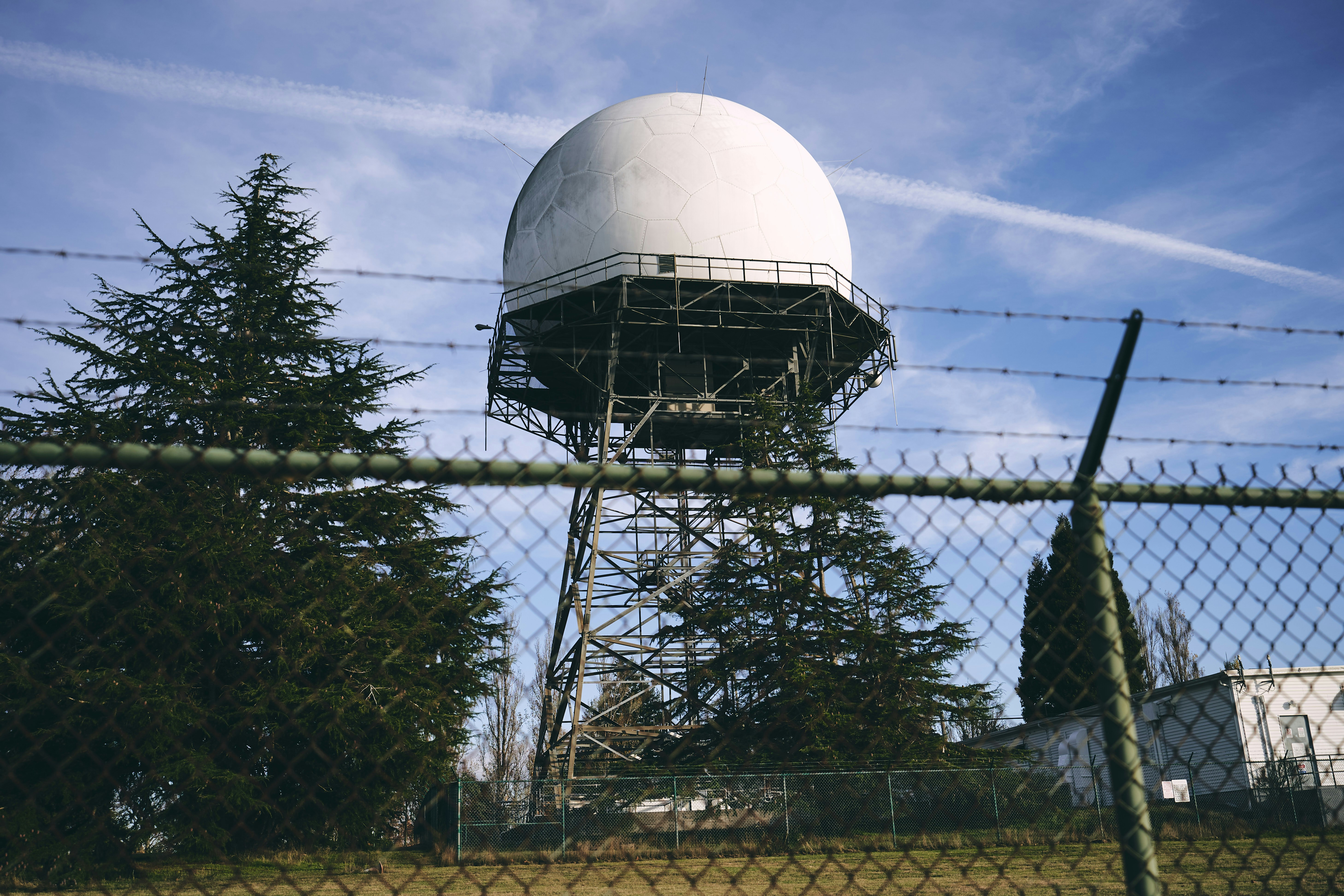The postdoctoral researcher will become part of the team working on the Constraining Longwave Energy Flows in Cold Climates (CLEFCC), a new research initiative led jointly by Imperial College and University of Michigan, with partners at University of Wisconsin and Texas A & M University. Using novel satellite observations in combination with new modelling developments and cutting-edge hyperspectral observations from the recent multi agency WHAFFFERS field campaign, the project aims to answer three questions critical to our ability to model the surface and ice clouds:
(1) Do current representations of surface properties capture the longwave emission spectrum of snow and ice surfaces correctly?
(2) Is a new light-scattering model able to reconcile ice cloud microphysics (ice crystal sizes, shapes) with energetic (radiative) impact across the longwave spectrum?
(3) Can our radiative transfer models successfully match simultaneous observations of the longwave energy spectrum at the surface, within the atmosphere and at the top of the atmosphere under a variety of different atmospheric and surface conditions?
The project will constitute some of the first observationally constrained studies of ice-cloud radiative signatures and surface emissivity for the far infrared spectral region. It will link to development work for the European Space Agency’s forthcoming Far-infrared Outgoing Radiation Understanding and Monitoring (FORUM) mission.
The successful applicant will work together with both the internal Imperial team working on FORUM and the CLEFCC project team. Interactions are also expected with the international FORUM and NASA PREFIRE science teams. The post-holder will be expected to deliver written reports/presentations and submit publications to high quality refereed journals as appropriate.
You will be working with a variety of Earth Observation (EO) and modelling tools, investigating whether it is possible to obtain radiative closure across the far and mid-infrared under the range of atmospheric conditions sampled during the WHAFFFERS campaign. Specific tasks will include the evaluation of (1) a new ice-cloud property model developed at Texas A & M University; (2) surface emissivity models developed at University of Michigan; (3) retrievals from NASA’s PREFIRE mission. You will need to synthesize of a wide variety of EO datasets (ground-based, airborne and satellite; passive and active), using advanced radiative transfer modelling tools. The data collected during WHAFFFERS constitute a unique collection and as such you will be expected to lead and contribute to high quality scientific publications documenting your findings as you exploit the dataset. During the project you will be working closely with Prof Brindley and her team, liaising with CLEFCC colleagues throughout the duration of the post.
A PhD in a relevant area and track record of producing written account of results in the form of high quality research publications, as well as oral presentation is expected.
An interest in Earth Observation applied to climate science, ideally demonstrating a firm understanding of the essential physics of the Earth’s energy budget.
Research experience quantitatively interpreting satellite and/or other Earth Observation data, including uncertainty analysis.
Research experience applying inverse techniques to derive geophysical variables from Earth Observation data, ideally involving the simulation of hyperspectral radiances.
Experience applying quantitative methods to Earth Observation datasets using a scientific computing programming language such as Python, IDL, MATLAB or equivalent is required.
Demonstrable ability to plan the detail of your research and show creativity and physical insight in employing your analytical and quantitive research skills to execute the work.
You will join a team with long experience in the measurement and interpretation of spectral radiances. You will gain an intimate understanding of how these data are obtained and exploited, in terms of the measurements themselves, the derivation of geophysical variables, in data fusion activities and in their application for climate model evaluation
Though links with your colleagues you will gain exposure to a range of new and existing Earth observation ground, airborne and satellite projects currently operating, under development and in concept mode
You will have the opportunity to become a member of the UK’s National Centre for Earth Observation and gaining access to wider training and expertise The opportunity to continue your career at a world-leading institution Sector-leading salary and remuneration package (including 38 days of leave per year)



